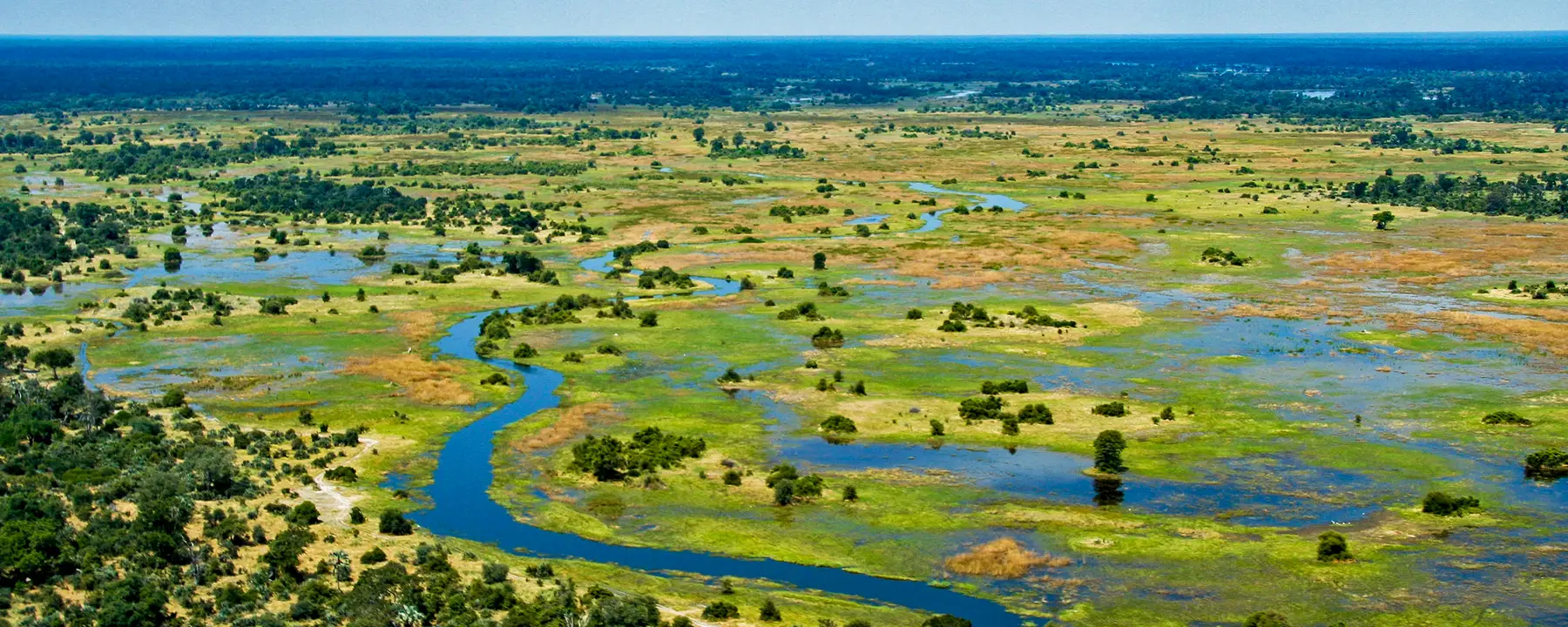Extending a tool for water resources analysis to data-scarce regions of the world
Water-related issues exist all over the world in both data-rich and data-poor regions. A lack of data creates a distinct challenge for managing water resources, often compounded by limited institutional capacity and economic constraints. In short, robust and quantitative water resources assessments are more difficult to perform in the parts of world that need such studies the most, due in part to lack of hydrometeorological data.
To address this problem, RTI International developed HydroRAM™ (Hydrologic Resource Assessment Model) specifically to enable water resources assessment in data-scarce locations. Using scalable hydrologic models, HydroRAM can be implemented at a level of simplicity or complexity that fits local information, conditions and analysis objectives. Low input data requirements to drive the hydrologic models allow for any local data to be used and augmented by globally available datasets. This structure allows us to provide meaningful water resources assessments nearly anywhere in the world.
Applications of the model include estimating streamflow in ungauged watersheds, quantification of climate change impacts, sedimentation of reservoirs, groundwater recharge, hydro-economic trade-off analysis and water rights permitting. Examples include the following:
- Hydro-Economic Trade-off Analysis—HydroRAM has empowered stakeholders to explore the food-energy-water nexus by quantifying the benefits and impacts of different allocation scenarios between competing water uses—such as irrigation, power generation and domestic water supply.
- Water Rights and Permitting—Water system administrators commonly lack a robust scientific basis for determining water allocations and issuing permits/rights. The HydroRAM Permit Tool allows administrators to evaluate and organize water rights systems with interlinked priorities and supplies on a variable spatial scale. This allows the impact of individual permits to be appropriately quantified across entire watersheds.

